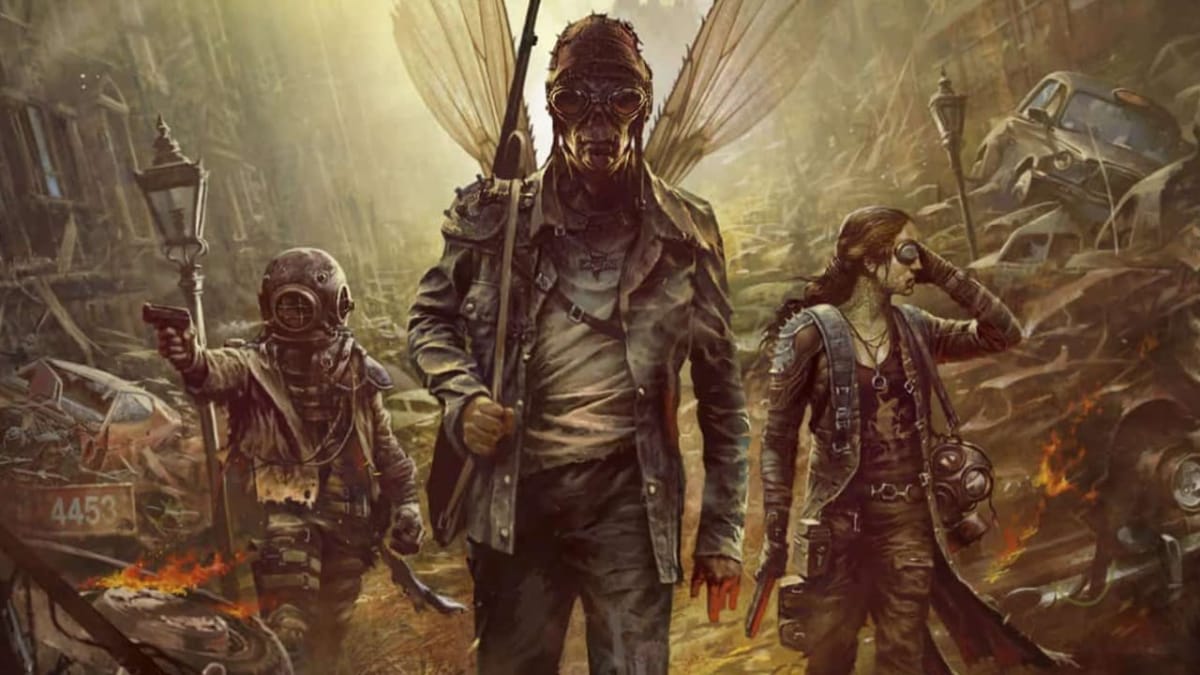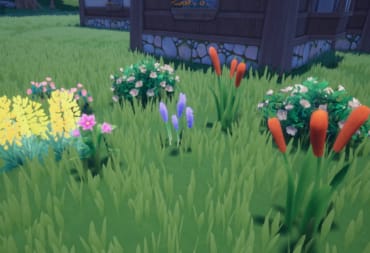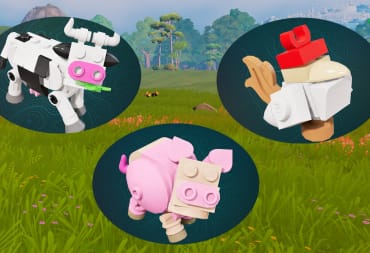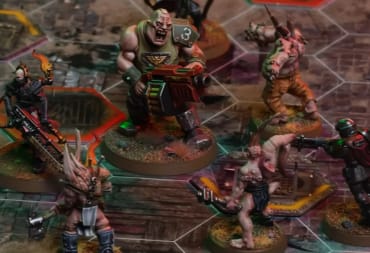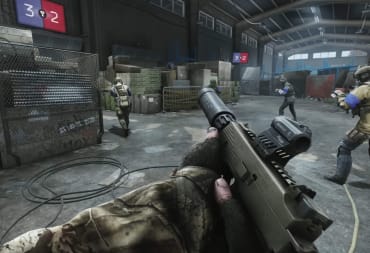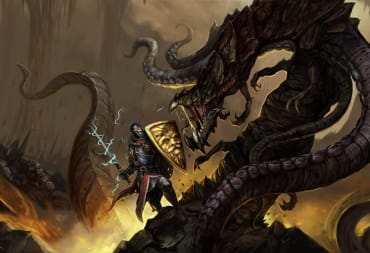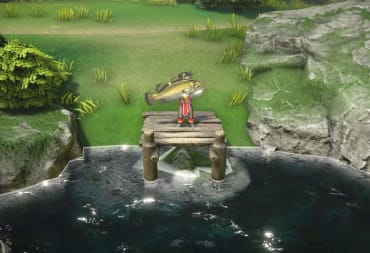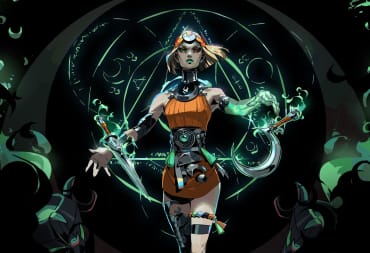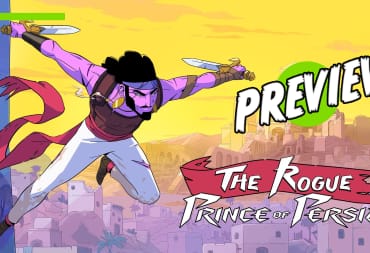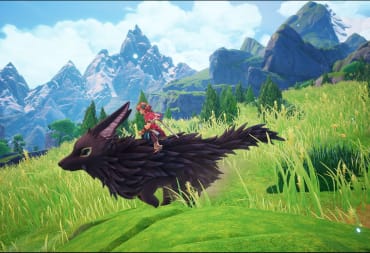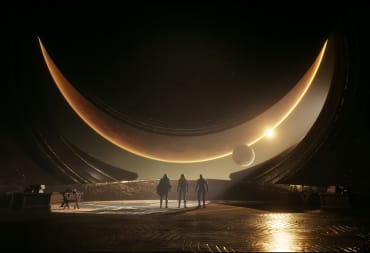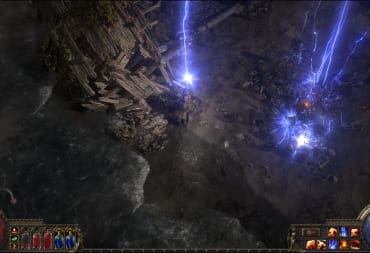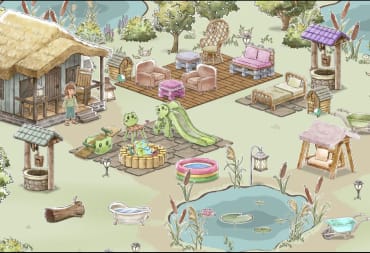The post-apocalypse in tabletop games is a difficult beast to pull off, mostly because it depends on how it can blend together mechanics and theming. Games like Gamma World go for a sort of campy feel that throws everything together, while The Morrow Project utilizes Sci-Fi for a surprisingly grounded and realistic tone. Ultimately what works best for the players is their own groups' tastes; do they go full camp, or make every detail as serious as the plot demands? What is most interesting is when a tabletop game goes all in on one side of the other on this, fully immersing the player in a world that is incredibly bleak. Much like Thomas Hobbes uttered in Leviathan, life is simple, brutish and short in a real post-apocalypse, something few games really capture.
One that does, however, is Mutant: Year Zero by Free League Publishing. The company has gotten a lot of exposure for their game lately thanks to the success of a video game counterpart, the tactical RPG Road to Eden. The tabletop version is, of course, what started it all, and for Free League they have what is a flagship franchise with very simple rule set that is juxtaposed to a mechanically crunchy system and richly detailed world. This marriage though is not perfect, and some of the flaws found in the game can be roadblocks to enjoyment if the players at your table are not in the right mindset for the game. Follow Hobbes' advice that life is short, and players get the gist of what the system is all about.
Mutant: Year Zero attempts realism with its world. Players play as a group of mutants, characters who survived the apocalypse and now live in the one of the few bastions of civilization known as the Ark. Life in the Ark is brutal to say the least as starvation, thirst, and general survival are the currency players must go by. An elder leads the band of mutants who populate the Ark and can task the players to make the day-to-day life more bearable in an uninhabitable wasteland.
Mechanics are as stated, simple. Players will have three sets of dice representing their Attributes, Abilities or Equipment. Rolling a 6 is an automatic success, rolling a 1 is a failure. Most of the time players need to roll a d6 to achieve anything, so one underlying mechanic is that players will have to ‘push’ their characters, i.e, roll more dice, to achieve that. Any time a 1 is rolled though, something catastrophic happens, usually in the form of broken equipment or a mutant power going haywire for the player.
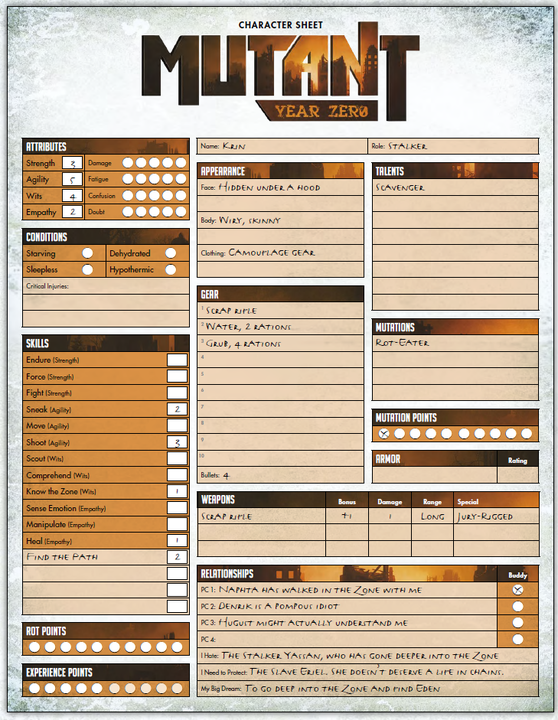
This is a system that deftly balances risk and reward and keeps it solely in the dice and the players stats. Attributes, for example, are on a sliding scale of 1 to 5 in four different categories; Strength, Agility, Wits and Empathy. Pushing your luck and rolling 1 will cause what’s known in the game as trauma, which lowers a corresponding attribute score. Losing all your points leaves the player broken, which prevents them from taking actions or using mutations. It can also lead to critical injuries and character death quite easily for the unprepared.
This marriage between mechanics and theme is very well done in Mutant: Year Zero, though it may be too harsh due to how lucky (or unlucky) the player may be. For example, the only way to recover broken or traumatized attributes is to consume a resource, usually food (called grub), water, sleeping or in the case of Empathy, sympathy. Abilities, which range from talents the player may have such as tracking or stealth to mutant abilities such as Telepathy or Fire breathing, are also affected by trauma as they hinder the ability to use your skills effectively. Therefore, resource management becomes critical in Mutant: Year Zero, and sometimes impossible to maintain because of how bleak the overall tone and setting can be.
It should be noted that Mutant: Year Zero plays the apocalypse straight through all its facets. Free League Publishing provided tons of material for possible plot hooks for the player characters including an overarching meta-narrative for game masters to adhere to which I won’t spoil here. Suffice to say, part of the problem is the scope; the Ark is a good excuse for the players to survive the intangible wastes, but it also becomes a crutch as a plot device. The Ark can force the GM, especially if they are interested in the games meta narrative, to confine the players there when they may in turn wish for something more free form in their game.
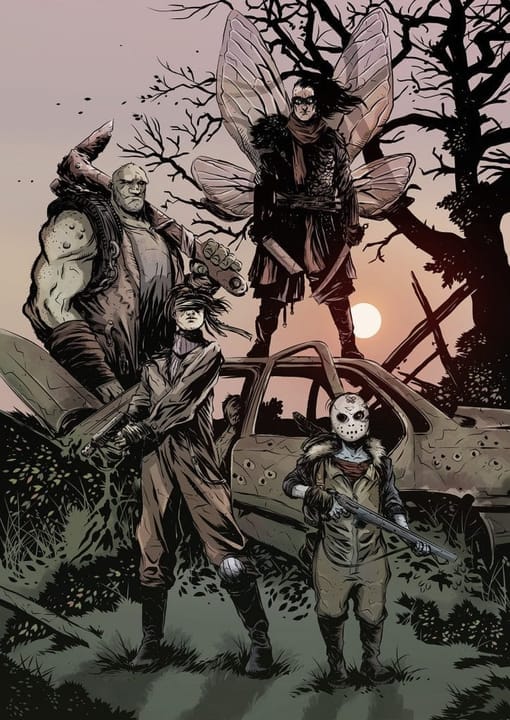
A lot of the game’s mechanics are designed specifically to help the players care about the Ark. For one, it is one of the few places in the game where players can rest up have access to their ‘stash’ of supplies and sleep. It is also a place that players can build up throughout the game, with a ‘base building’ mechanic baked into it for GM’s to follow if they choose too. It is a good attempt to give incentive for players to care about the Ark and their general survival, but it does shackle the game to a very specific path, one that is pure apocalypse, and not lived in.
I guess that makes sense, considering it is technically ‘Year Zero’ as the subtitle suggests, though the world is still malleable depending on what parts the GM wishes to use from the games plot hooks and meta narrative. Exploration is grid based, with Free League providing two maps to use as primary examples of what the world can be like for the players, complete with dangers and secrets to find for themselves. At the same time, it feels artificial, more like an on-rails adventure module that is hoping to take characters on a journey through the games lore over it’s more open-world setting that it implies.
It also somewhat imbalanced due to randomness. Picking mutant powers, for example, is done randomly through either a corresponding card deck a la Gamma World, or by rolling some dice. Some powers are frankly better than others which can make players feel underpowered by no fault of their own much like old school Dungeons & Dragons. Character classes and builds work well however, and despite only having eight archetypes that players can select for their role the options given do add some fluidity to character generation.
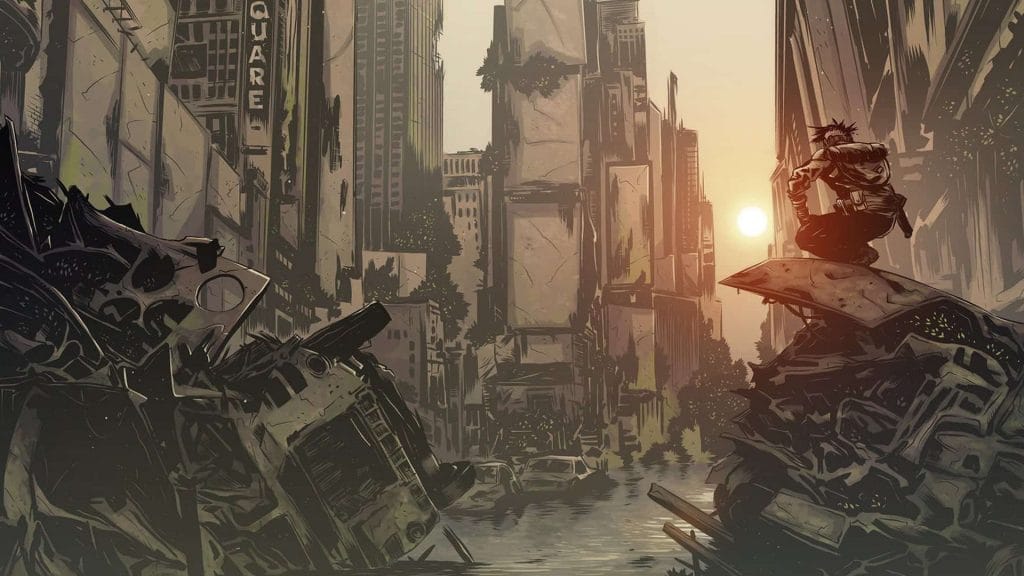
One aspect that is a pure role-playing addition is relationships and dreams; each character is encouraged to create relationships with NPC mutants in the Ark, good and bad, and have personal dream of theirs they want to achieve. It is these minor touches that really bring out the best in the system of Mutant: Year Zero, close relationships and rivalries lead to more organic storytelling, and character motivation is more than just a personal reward, but is then baked into giving rewards for the player in the form of experience, empathy or storytelling for the GM.
There is a lot to like in Mutant: Year Zero ultimately, but it is catered towards groups looking for a resource heavy, unique experience where the players will constantly be at risk of death at every step. This is an apocalypse that is a meat grinder mechanically, but rich in detail and ideas that can certainly be fun so long as players understand that the risks in Mutant: Year Zero are very real and very punishing.
A copy of Mutant: Year Zero was provided by Free League Publishing for this preview.
Previews you can trust: To ensure you're getting a fair, accurate, and informed review, our experienced team spends a significant amount of time on everything we preview. Read more about how we review games and products.
Have a tip, or want to point out something we missed? Leave a Comment or e-mail us at tips@techraptor.net
